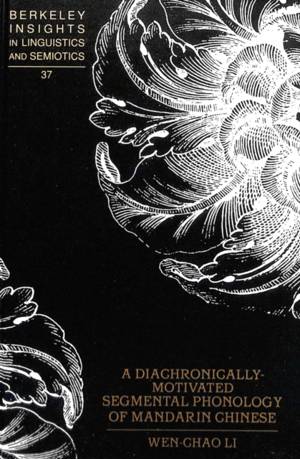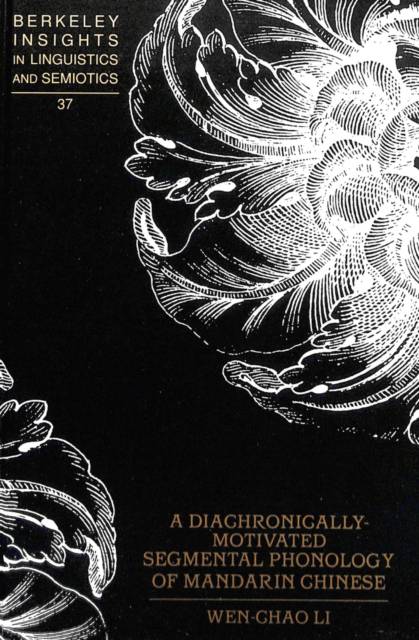
- Afhalen na 1 uur in een winkel met voorraad
- Gratis thuislevering in België vanaf € 30
- Ruim aanbod met 7 miljoen producten
- Afhalen na 1 uur in een winkel met voorraad
- Gratis thuislevering in België vanaf € 30
- Ruim aanbod met 7 miljoen producten
Zoeken
Omschrijving
Breaking with the Saussurean tradition of separating the synchronic from the diachronic, this book presents an analysis of Mandarin Chinese segmental phonology in which rules and constraints are modeled after historical sound change. The analysis provides original solutions to major phonological problems, most notably, the relationship between sibilant and velar initials, the organization of vowel space and relations between vowel phonemes, the nature of the «zero onset», and the identity and effect of the diminutive suffix. Changes in the pronunciation of Standard Chinese are accounted for using recent conceptions of feature geometry; research into language contact on the Sino-Turkic frontier leads to the discovery of Altaic vowel harmony in Mandarin, an original hypothesis that drastically simplifies Mandarin morphophonology and introduces a new dimension to the vowel system of Northern Chinese.
Specificaties
Betrokkenen
- Auteur(s):
- Uitgeverij:
Inhoud
- Aantal bladzijden:
- 270
- Taal:
- Engels
- Reeks:
- Reeksnummer:
- nr. 37
Eigenschappen
- Productcode (EAN):
- 9780820442938
- Verschijningsdatum:
- 1/09/1999
- Uitvoering:
- Hardcover
- Formaat:
- Genaaid
- Afmetingen:
- 160 mm x 230 mm
- Gewicht:
- 569 g

Alleen bij Standaard Boekhandel
+ 134 punten op je klantenkaart van Standaard Boekhandel
Beoordelingen
We publiceren alleen reviews die voldoen aan de voorwaarden voor reviews. Bekijk onze voorwaarden voor reviews.











